The Wren AI Blog
Urgent data requests are inevitable, but Wren AI can bring peace of mind to your team.

The End of the Great Centralization: Why the Future of Enterprise Data is Distributed
How GenBI and AI Agents are replacing the costly “Single Source of Truth” model with a decentralized, pipeline-free SQL architecture.
All Posts

The End of the Great Centralization: Why the Future of Enterprise Data is Distributed
How GenBI and AI Agents are replacing the costly “Single Source of Truth” model with a decentralized, pipeline-free SQL architecture.
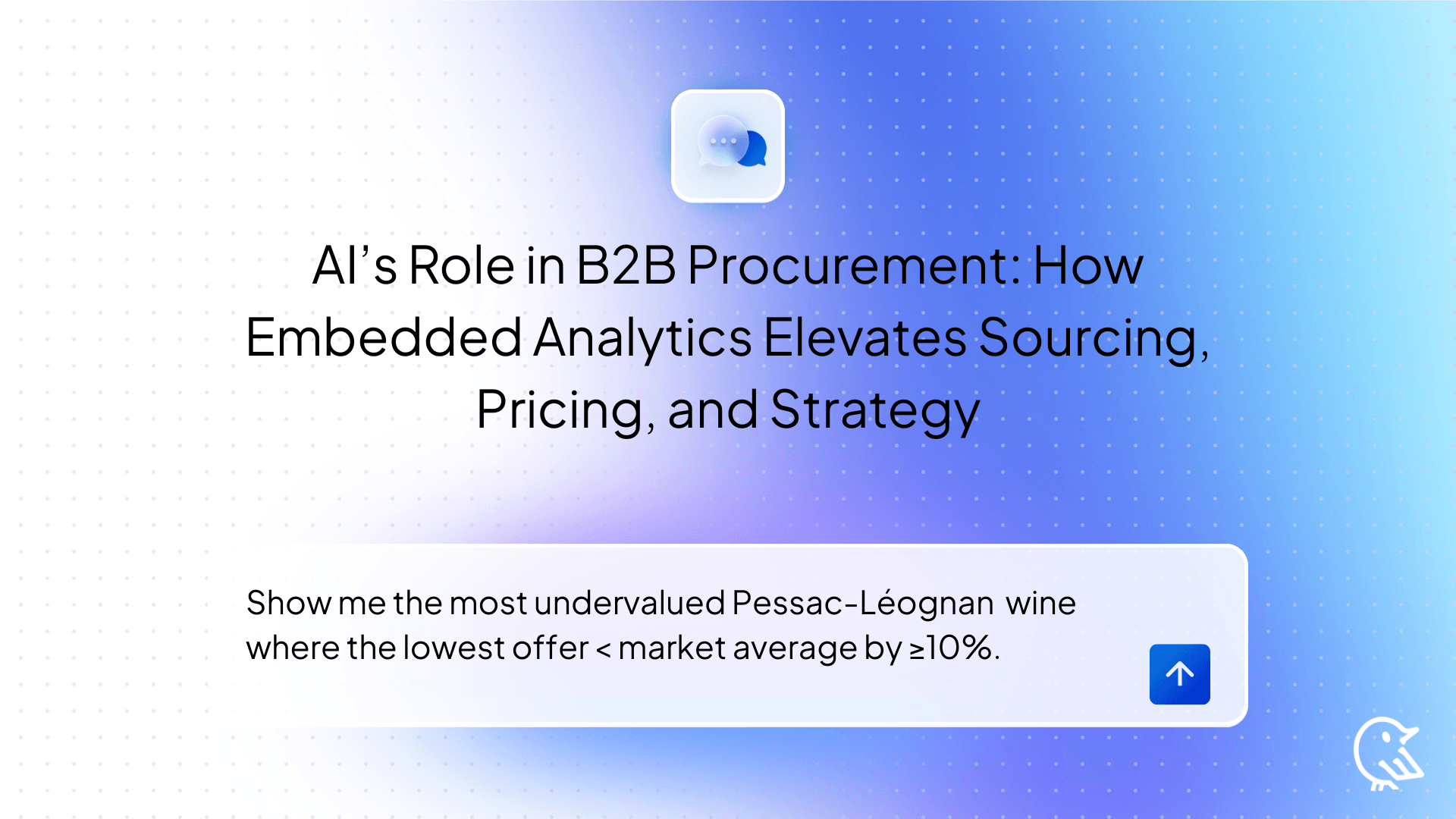
AI's Role in B2B Procurement Platform. How Embedded Analytics Elevates Sourcing, Pricing, and Strategy
Today procurement is crippled by data overload. Wren AI acts as an embedded analytics layer, augmenting existing platforms with APIs and a semantic query layer to help teams source smarter, negotiate faster, and plan with confidence.
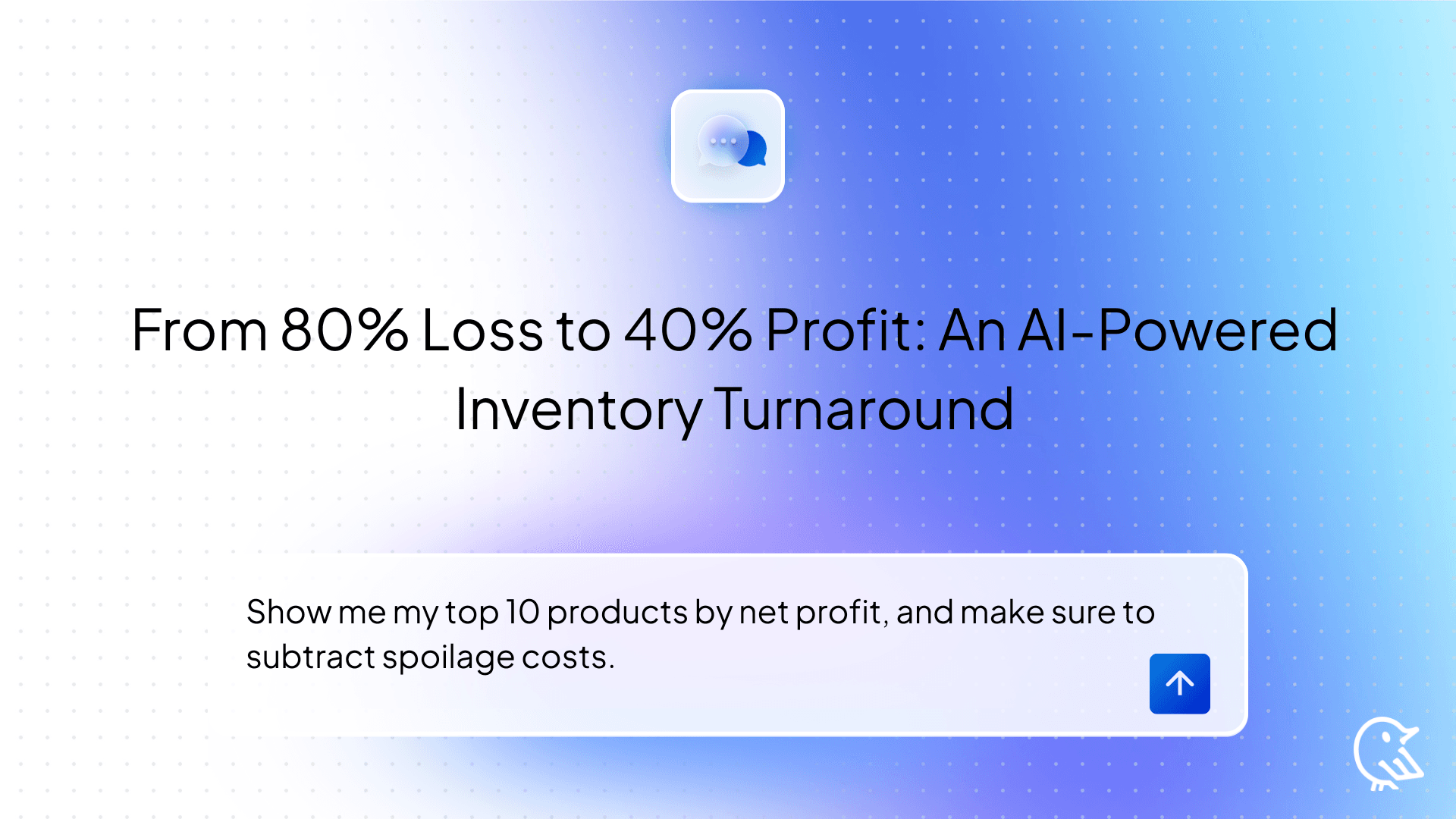
From 80% Loss to 40% Profit: An AI-Powered Inventory Turnaround
Your inventory data holds secrets. We dove in with a Generative BI tool like Wren AI to uncover them. In minutes, we found a best-selling product that was actually a profit-killer, pinpointed the true source of our spoilage costs, and turned a money-losing promotion into a strategic tool to convert waste into profit. See the simple questions that unlocked thousands in savings.
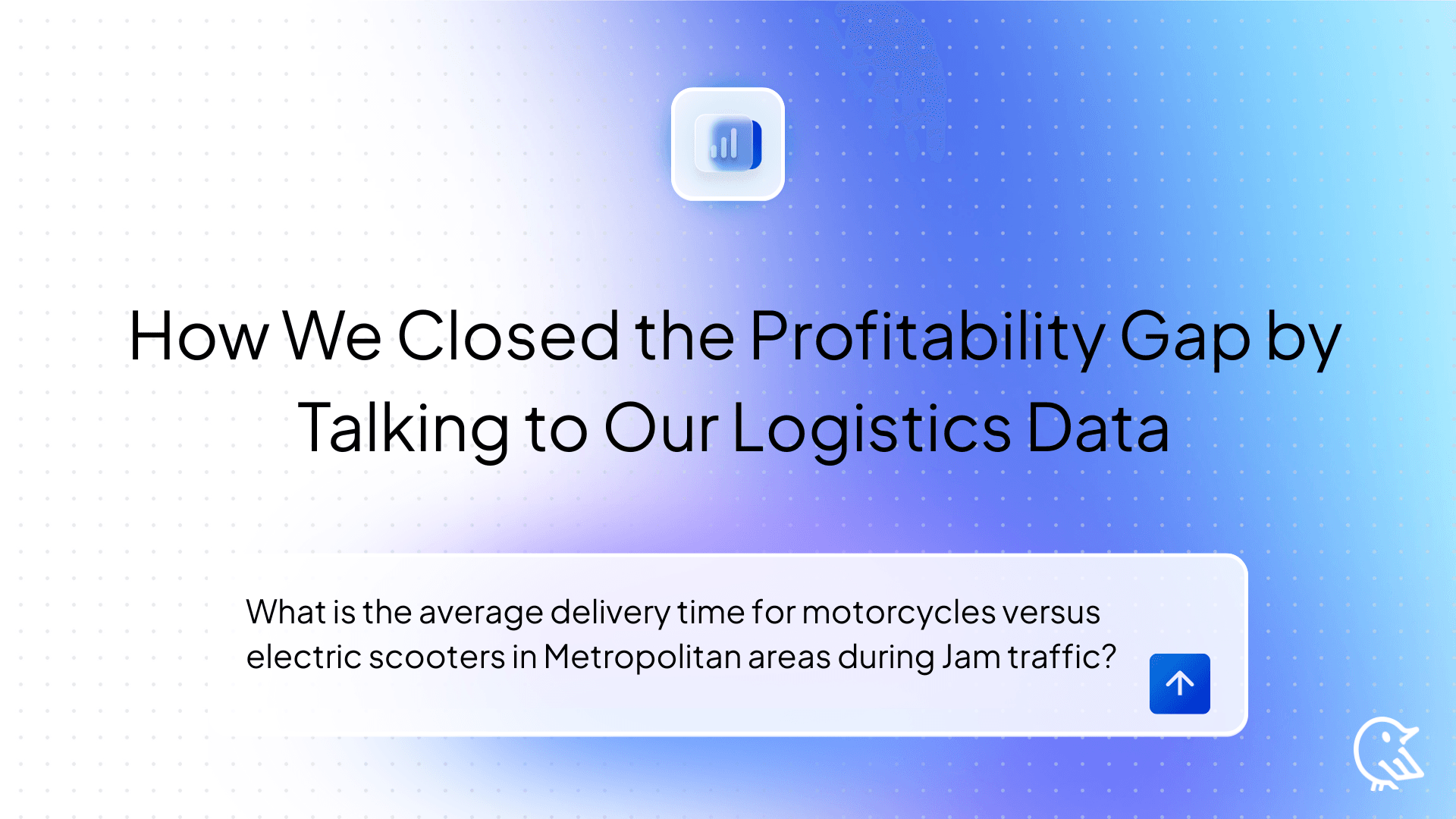
How We Closed the Profitability Gap by Talking to Our Logistics Data
Stop guessing. In a game of minutes and margins, the platform that understands its data best will win. Traditional dashboards only show you the problem; they don't give you the solution. See how teams are using conversational AI to move beyond static reports, pinpoint the real bottlenecks, and turn data into immediate, actionable strategy.
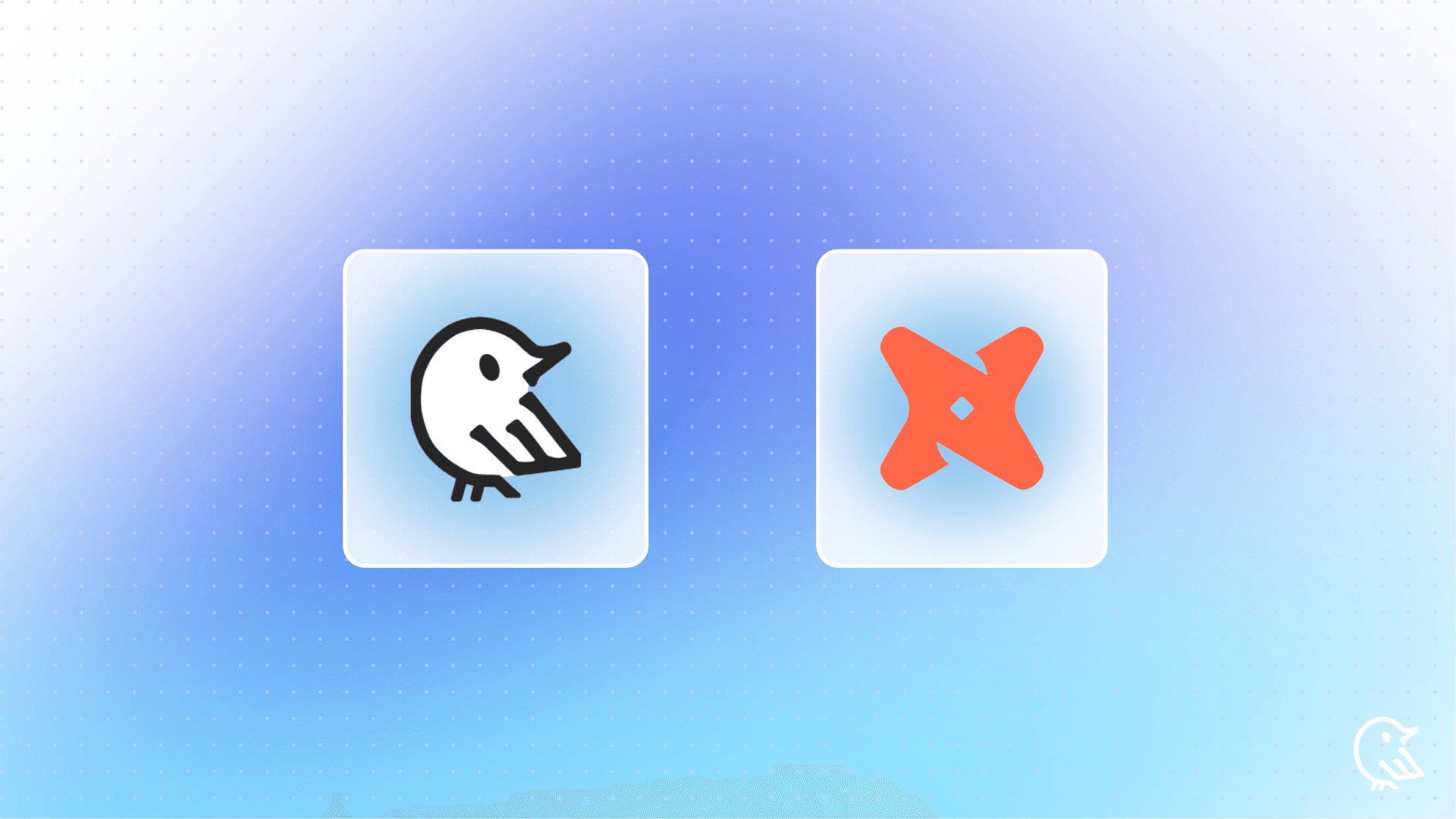
Wren AI Launches Native dbt Integration for Governed, AI-Driven Insights
We are excited to announce a major upgrade: Wren AI now fully supports dbt (data build tool)! Wren AI automatically syncs your models, descriptions, and relationships, turning your dbt investment into immediate, accurate GenBI with zero manual effort.
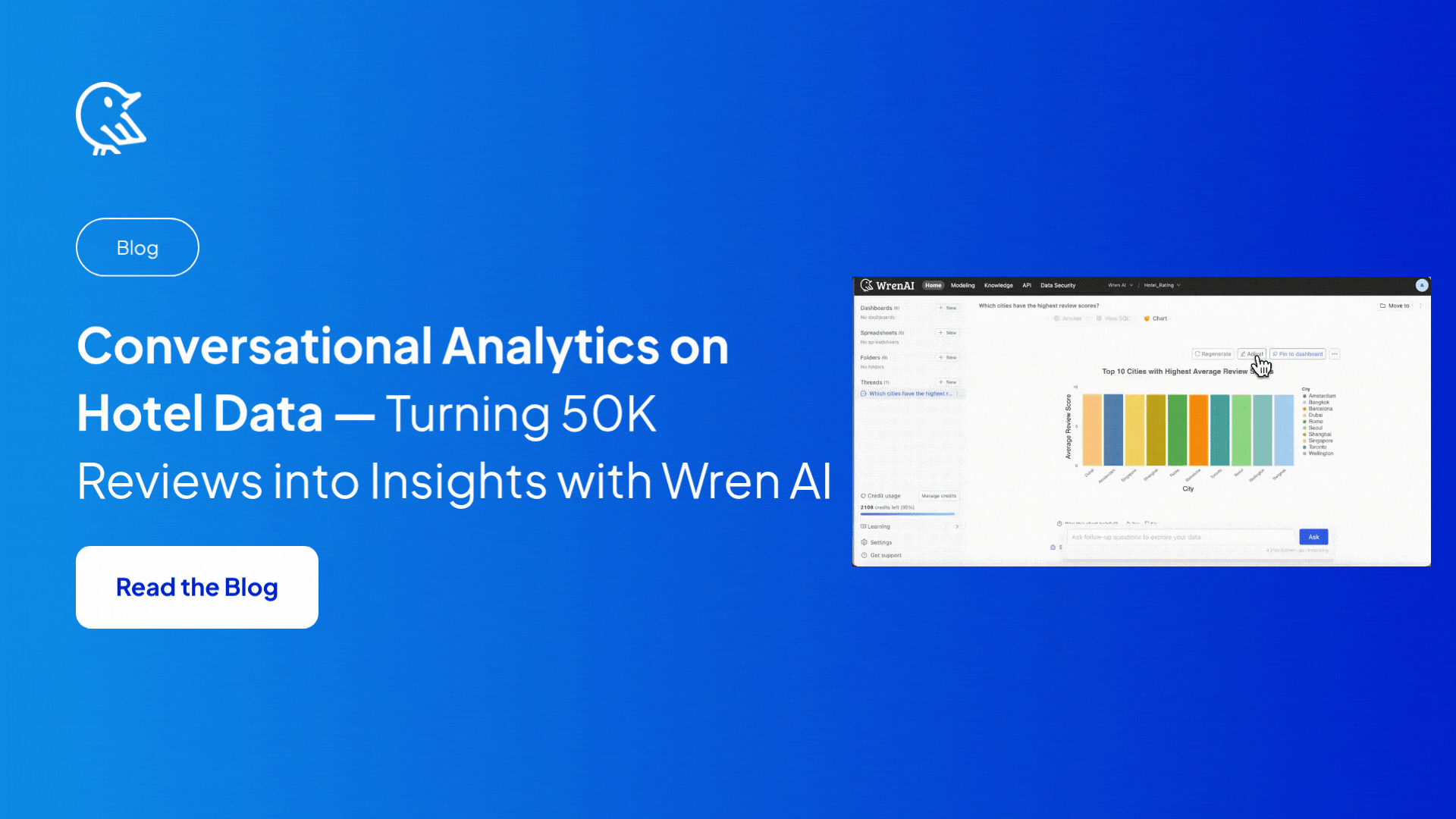
Conversational Analytics on Hotel Data-Turning 50K Reviews into Insights with Wren AI
No complex schemas. No SQL. Just your data - and instant answers. From Code Blocks to Conversations I recently came across a rich synthetic dataset from Kaggle that simulates the booking and review data of a global hotel platform.
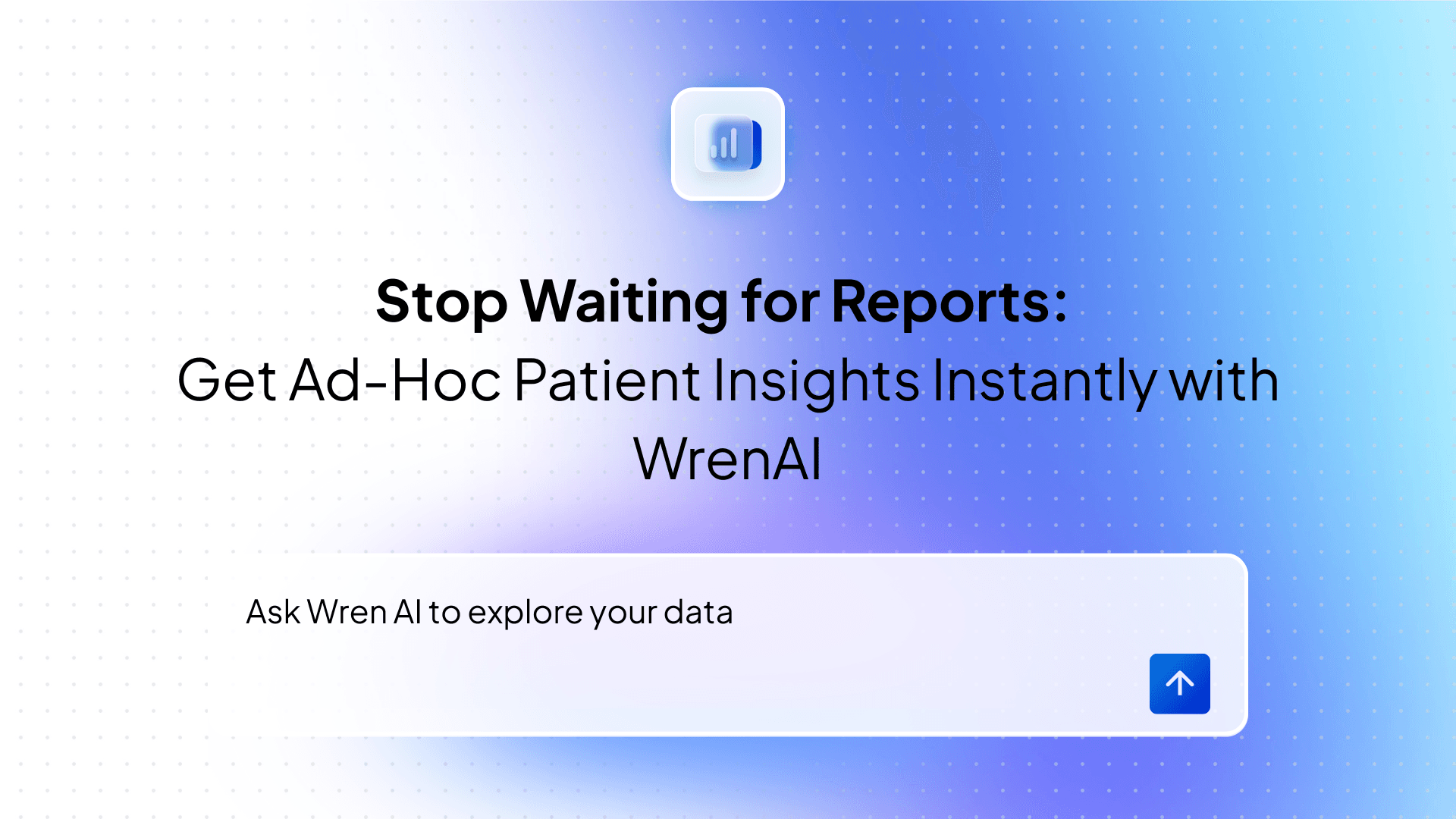
Stop Waiting for Reports: Get Ad-Hoc Patient Insights Instantly with WrenAI
Transform complex medical data into immediate, actionable answers through simple conversational queries, no manual analysis required.
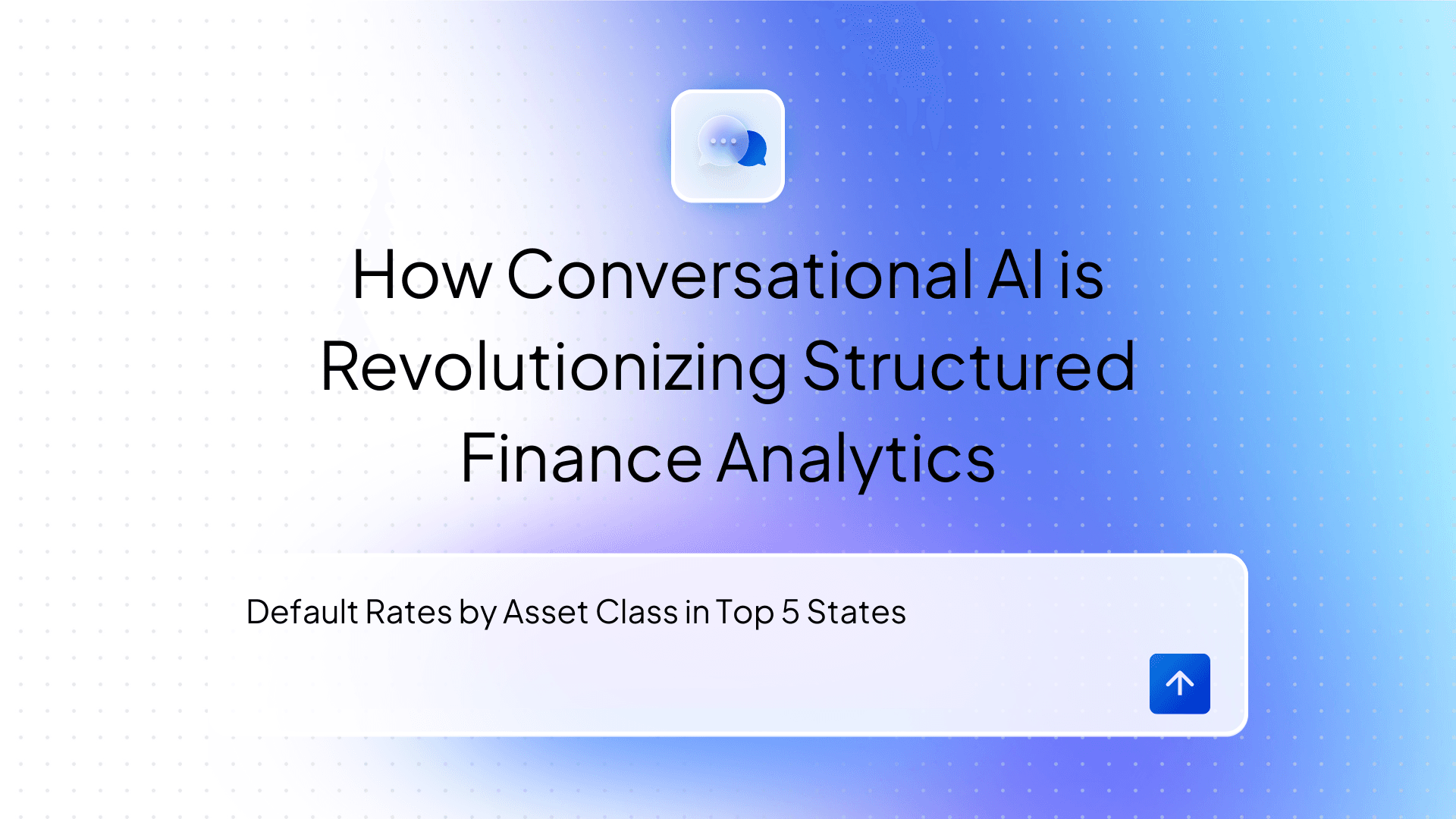
Beyond Dashboards How Conversational AI is Revolutionizing Structured Finance Analytics
How Wren AI transforms complex financial data into instant, actionable insights through natural language — no technical expertise required
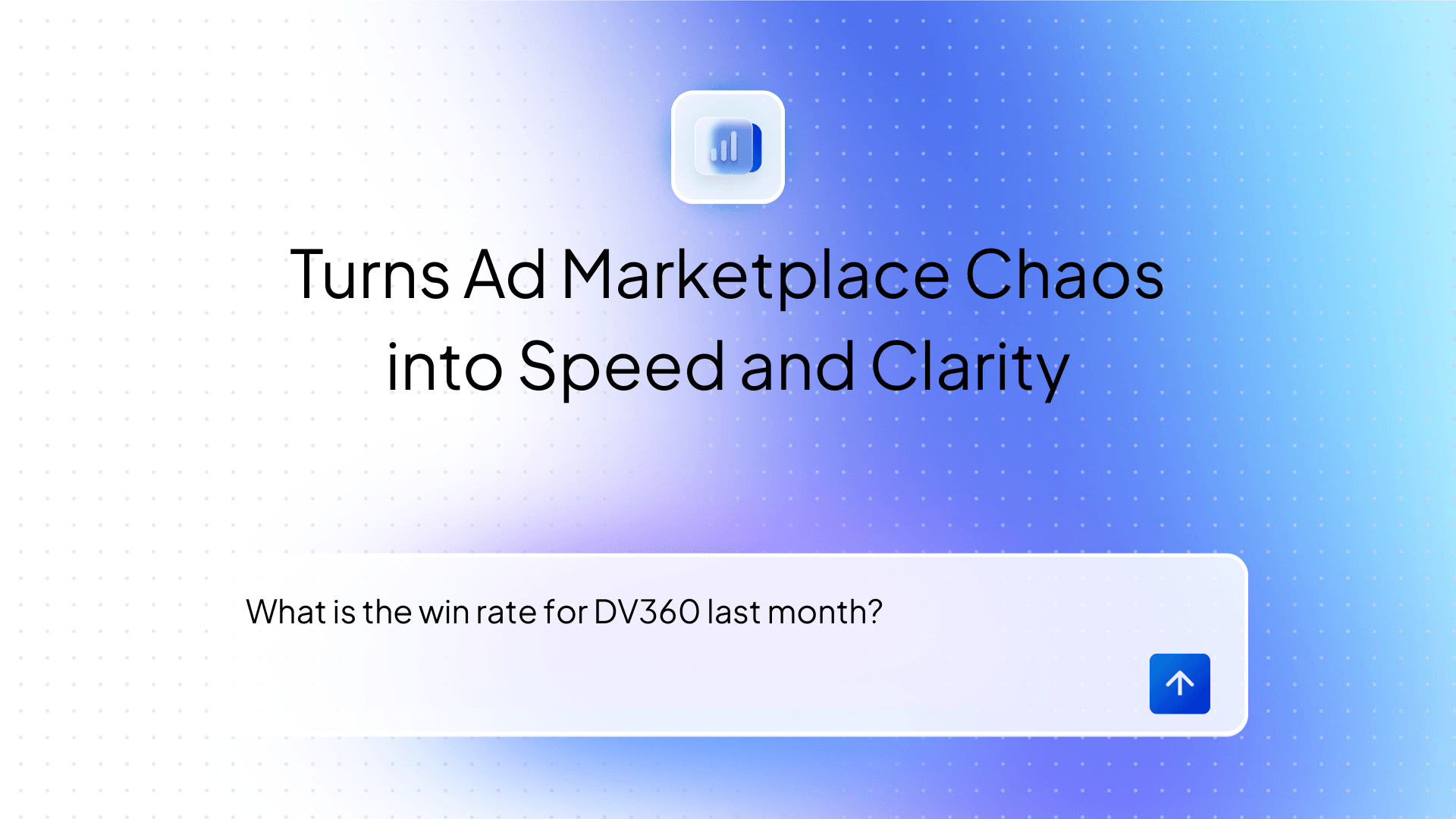
Milliseconds to Millions Wren AI That Turns Ad Marketplace Chaos into Speed and Clarity
How Wren AI Transforms Ad Marketplaces with Real-Time Insights, Unified Metrics, and Natural Language Queries
